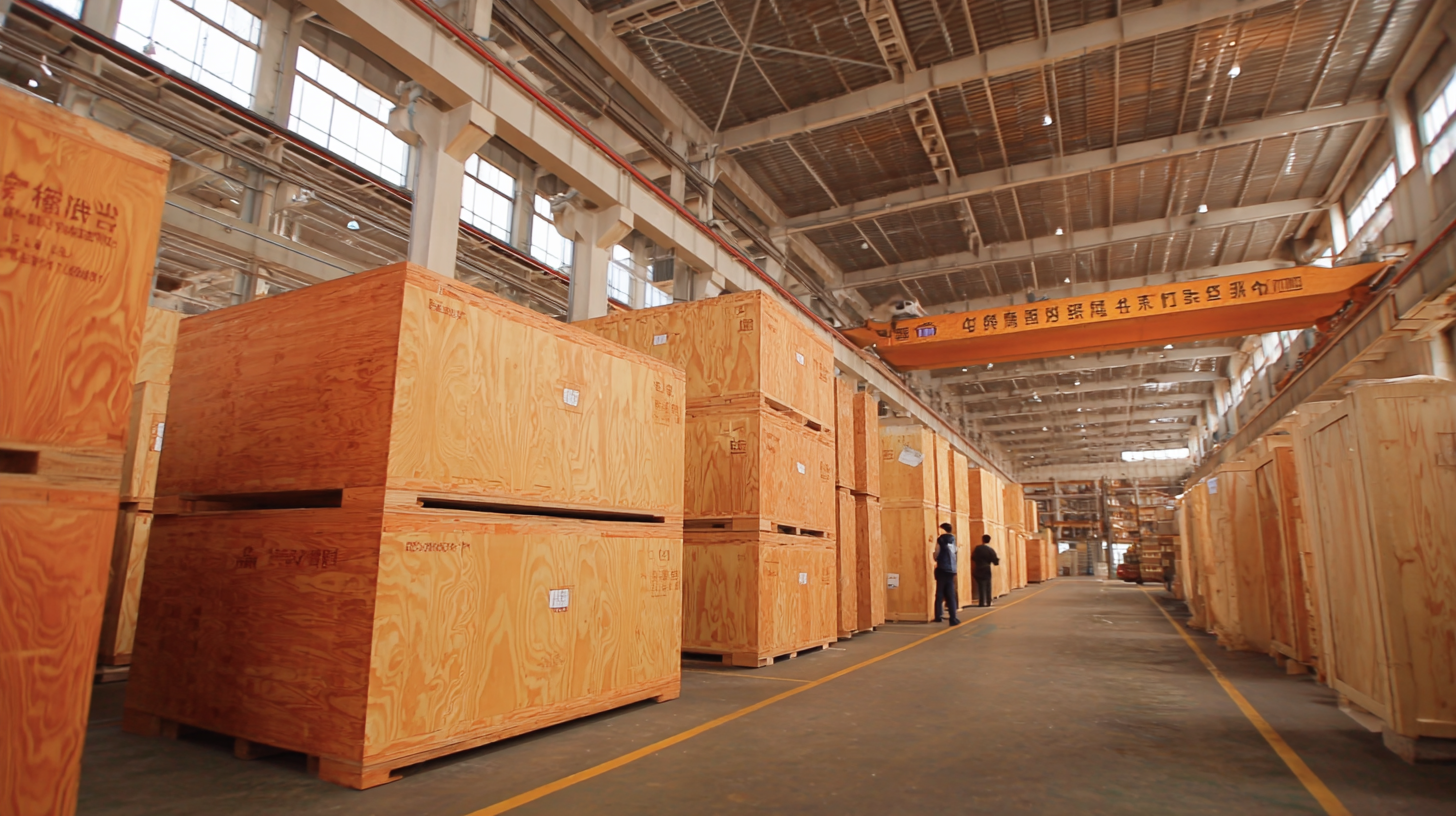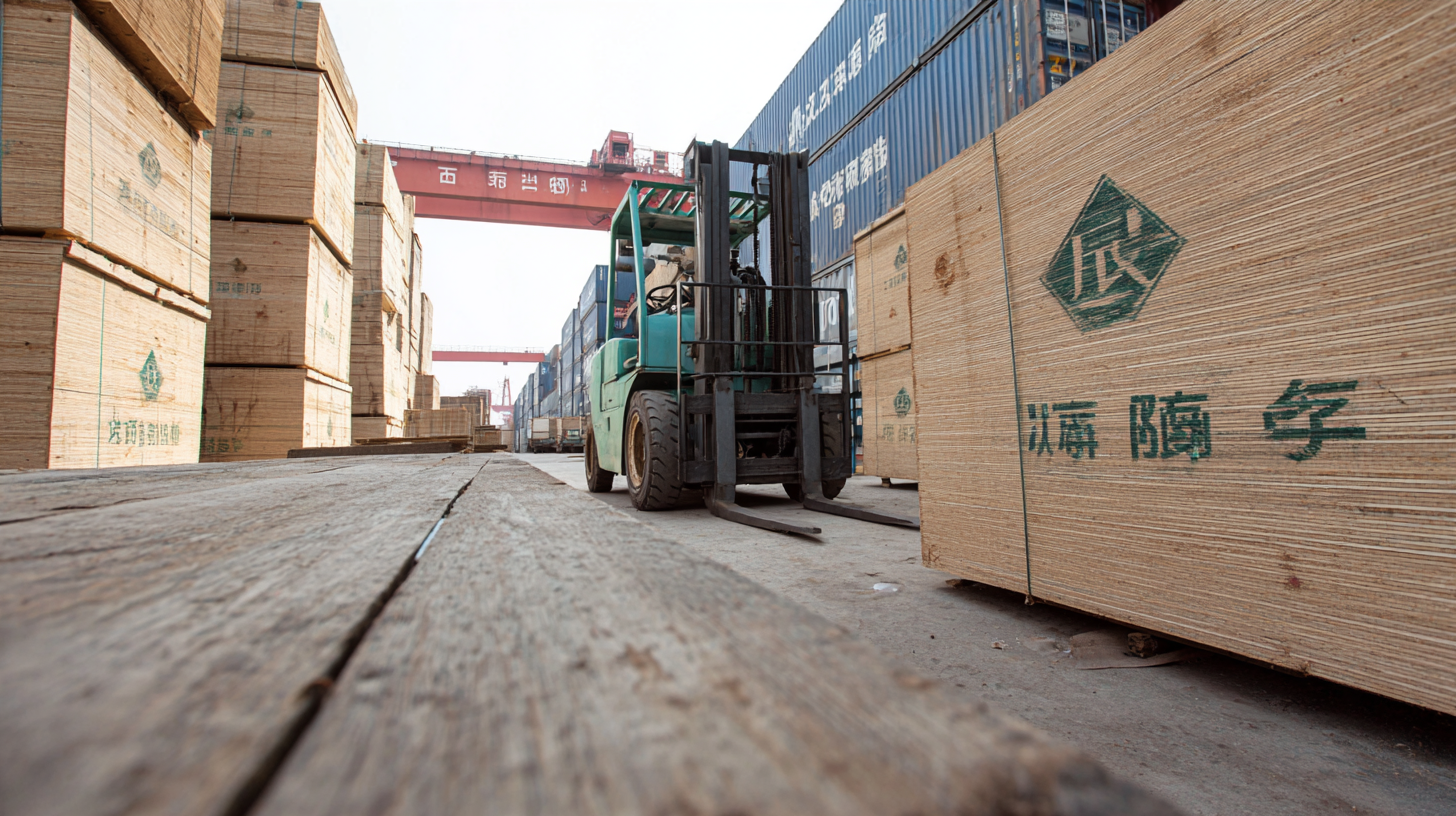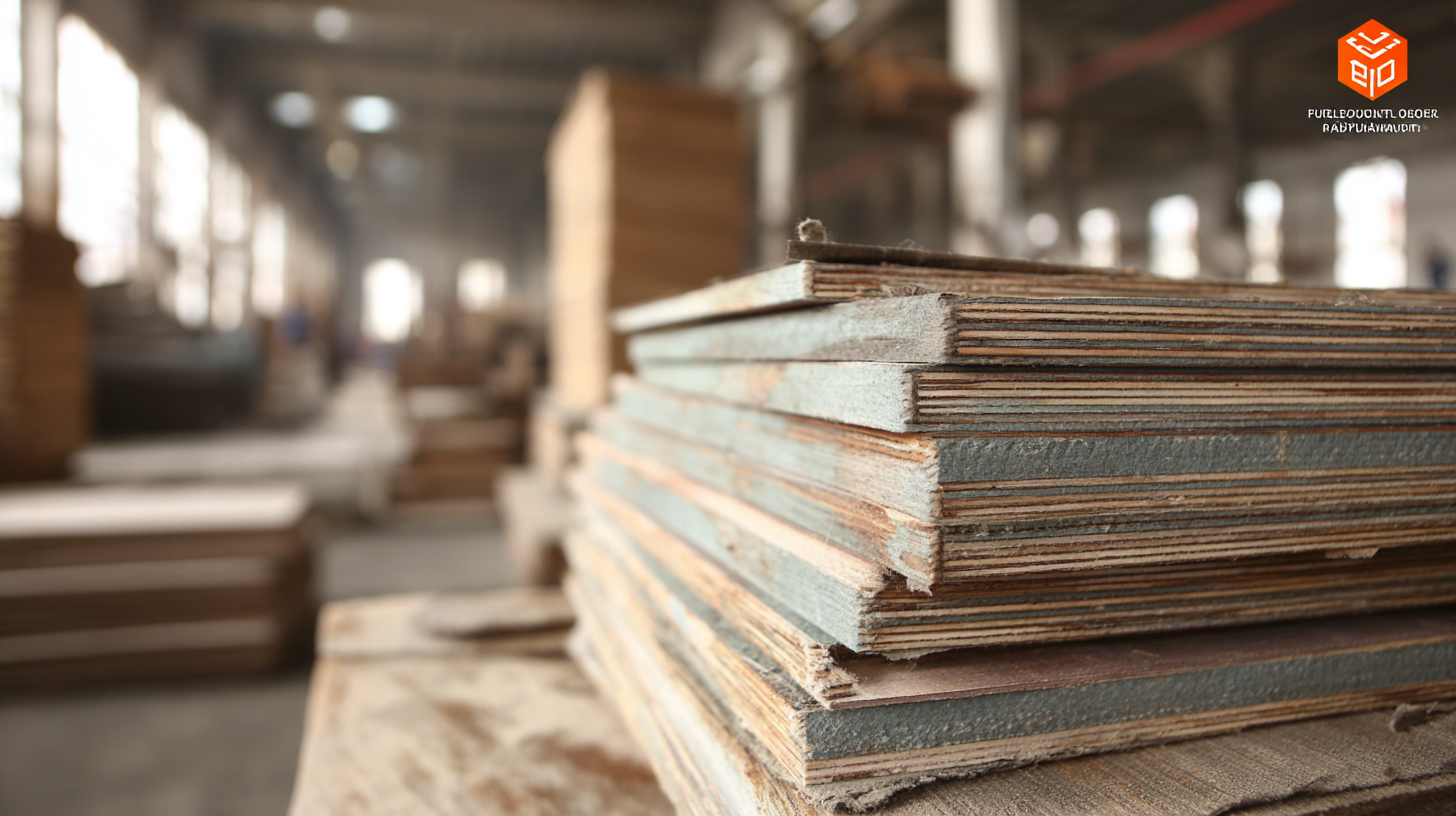In recent years, China's manufacturing sector has showcased remarkable growth, particularly in the production of Film Faced Plywood, which has positioned the country as a key player in the global market. According to a report by Mordor Intelligence, the global film faced plywood market is projected to reach USD 33.7 billion by 2025, with a compound annual growth rate (CAGR) of 4.6%. This growth is driven by the increasing demand for high-quality, durable construction materials across various industries, including commercial and residential building projects. China's ability to leverage advanced manufacturing techniques and scale production has allowed it to dominate this sector, exporting significant quantities of Film Faced Plywood to countries around the world. As a symbol of industrial excellence, the rise of Film Faced Plywood reflects not only the strength of China's manufacturing capabilities but also its commitment to meeting global construction demands with world-class products.

The history of plywood manufacturing in China traces back to the early 20th century, but it wasn't until the late 1980s that the industry began to gain significant traction. With the economic reforms introduced by Deng Xiaoping, the country opened its doors to foreign investments and modern manufacturing technologies.
According to a report by Research and Markets, the Chinese plywood market was valued at approximately $27 billion in 2021, with projections to reach around $38 billion by 2026. This robust growth highlights China's ability to adapt and innovate within global markets.
As demand for durable and sustainable building materials rises, China's plywood manufacturing has evolved, focusing increasingly on best film faced plywood, which is renowned for its water-resistant and wear-resistant qualities. This product has gained immense popularity in construction and industrial applications worldwide.
In fact, a report from Statista indicates that the global plywood market is expected to grow at a compound annual growth rate (CAGR) of 4.5% from 2021 to 2028, with Chinese manufacturers positioning themselves to capture a substantial share of this expansion. As China continues to improve its production techniques and supply chain efficiency, it remains at the forefront of the global plywood industry.
China's manufacturing prowess is increasingly defined by innovation, particularly in the production of best film faced plywood. This sector has witnessed significant advancements that enhance not only the quality but also the efficiency of production processes. These innovations are propelled by a confluence of cutting-edge technology and increased research and development within Chinese universities and companies.
Key innovations include the use of eco-friendly adhesives and improved manufacturing techniques that minimize waste while maximizing durability. Enhanced film technologies provide better surface protection, making the plywood more resistant to moisture and wear, thus extending its lifespan and usability in diverse applications. As a result, China is not only meeting domestic demand but is also positioning itself as a leading exporter of quality plywood to global markets, demonstrating its ability to adapt to international standards and preferences. This transformation reflects a broader trend as China evolves into a center for advanced manufacturing, driven by innovation and a commitment to sustainable practices.
The global market for film faced plywood is witnessing significant growth, driven by increased demand in the construction and furniture industries. According to a recent report by ResearchAndMarkets, the global market for plywood is projected to reach approximately $80 billion by 2027, with film faced plywood playing a critical role in this expansion. This versatile material is particularly favored for its durability, water resistance, and ease of handling, making it ideal for both temporary structures and long-term applications.
The demand for best film faced plywood is also being fueled by rapid urbanization and infrastructure development, especially in emerging markets. A report from Mordor Intelligence highlights that the Asia-Pacific region is expected to dominate the market, accounting for over 50% of the market share by 2025. China's manufacturing capabilities, combined with its competitive pricing and quality, have positioned it as a leading supplier of film faced plywood globally. As countries invest in infrastructure projects and housing developments, the appetite for high-quality, reliable materials like film faced plywood will continue to rise, reinforcing its status in the international market.

China's plywood industry has established formidable competitive advantages that position it as a leader in the global marketplace. As reported by the China Forest Products Industry Association, the nation accounted for over 50% of the world's plywood production in 2022, underlining its dominance. The integration of advanced manufacturing technologies and a robust supply chain allows Chinese manufacturers to produce high-quality film-faced plywood efficiently. This innovation has resulted in a significant cost advantage, enabling producers to offer products at competitive prices without compromising quality.
Moreover, China's plywood manufacturers benefit from an extensive array of resources, including abundant timber and a skilled workforce. The International Wood Products Association noted that China has implemented strict regulations that ensure sustainable forestry practices, enhancing the credibility of its products in environmentally-conscious markets. This combination of resource availability and commitment to sustainability has attracted global buyers, further solidifying China's position in international markets. With these advantages, China's film-faced plywood is poised to continue its expansion and capture an even larger share of the global plywood industry.
China's best film faced plywood production is not just a testament to the nation’s manufacturing prowess; it also highlights innovative sustainability practices that are now vital in global markets. With an increasing demand for eco-friendly materials, industry reports indicate that sustainable plywood production can reduce greenhouse gas emissions by up to 30%. This eco-conscious approach is reshaping the perception of plywood from mere structural material to a sustainable choice for construction and design.

To improve sustainability in plywood production, manufacturers are adopting several key practices, such as utilizing wood sourced from certified sustainable forests. According to the Forest Stewardship Council (FSC), environmentally responsible forestry can enhance biodiversity and mitigate climate change effects. Furthermore, advanced technologies in processing minimize waste, with some factories achieving a waste reduction rate of over 60%. These innovations not only bolster environmental responsibility but also lead to cost efficiency and improved product quality.
Tips for Sustainable Plywood Selection:
- Look for certifications like FSC or PEFC, ensuring the plywood is sourced from responsibly managed forests.
- Opt for products that utilize low-VOC adhesives to enhance indoor air quality and lower environmental impact.
- Choose locally produced plywood to reduce transportation emissions and support regional economies.
